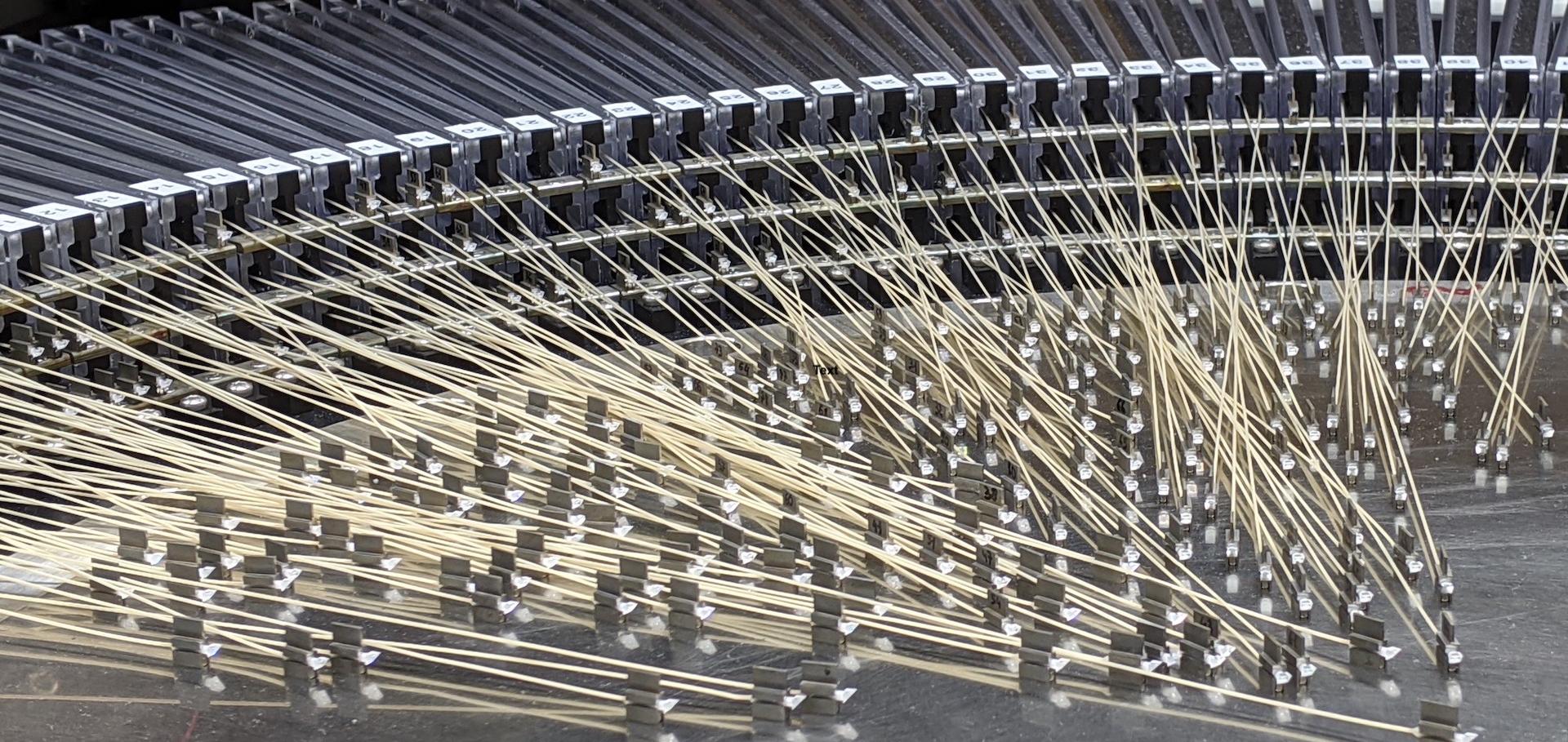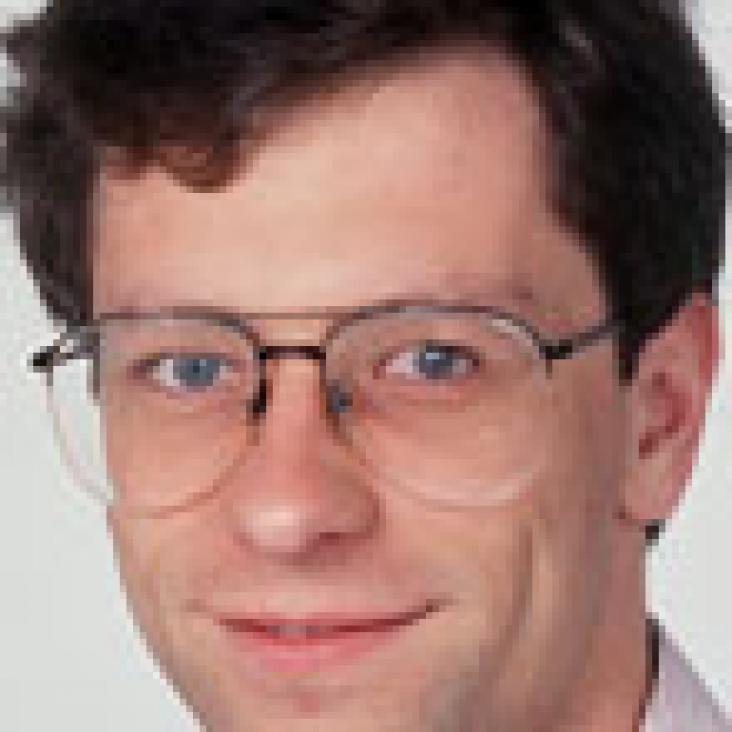4MOST - 4-metre multi-object spectroscopic telescope
Proceedings of SPIE - The International Society for Optical Engineering 8446 (2012)
Abstract:
The 4MOST consortium is currently halfway through a Conceptual Design study for ESO with the aim to develop a wide-field (>3 square degree, goal >5 square degree), high-multiplex (>1500 fibres, goal 3000 fibres) spectroscopic survey facility for an ESO 4m-class telescope (VISTA). 4MOST will run permanently on the telescope to perform a 5 year public survey yielding more than 20 million spectra at resolution R∼5000 (λ=390-1000 nm) and more than 2 million spectra at R∼20,000 (395-456.5 nm & 587-673 nm). The 4MOST design is especially intended to complement three key all-sky, space-based observatories of prime European interest: Gaia, eROSITA and Euclid. Initial design and performance estimates for the wide-field corrector concepts are presented. Two fibre positioner concepts are being considered for 4MOST. The first one is a Phi-Theta system similar to ones used on existing and planned facilities. The second one is a new R-Theta concept with large patrol area. Both positioner concepts effectively address the issues of fibre focus and pupil pointing. The 4MOST spectrographs are fixed configuration two-arm spectrographs, with dedicated spectrographs for the high- and low-resolution fibres. A full facility simulator is being developed to guide trade-off decisions regarding the optimal field-of-view, number of fibres needed, and the relative fraction of high-to-low resolution fibres. The simulator takes mock catalogues with template spectra from Design Reference Surveys as starting point, calculates the output spectra based on a throughput simulator, assigns targets to fibres based on the capabilities of the fibre positioner designs, and calculates the required survey time by tiling the fields on the sky. The 4MOST consortium aims to deliver the full 4MOST facility by the end of 2018 and start delivering high-level data products for both consortium and ESO community targets a year later with yearly increments. © 2012 SPIE.NIR Spectroscopy of Star-Forming Galaxies at z~1.4 with Subaru/FMOS: The Mass-Metallicity Relation
(2011)
A project for an infrared synoptic survey from Antarctica with the Polar Large Telescope (PLT)
SF2A-2011: Proceedings of the Annual meeting of the French Society of Astronomy and Astrophysics (2011)
Abstract:
The Polar Large Telescope (PLT) aims at performing a new generation of astronomical Infrared Synoptic Survey from Antarctica (ISSA). It would carry out for the first time large scale periodic imaging surveys at ˜ 0.3 arcsec angular resolution in the short thermal infrared (2-5 micron) range benefiting from the extremely dry, cold, and stable polar atmosphere. The PLT consists of a 2.5 m class telescope equipped with a 250-Mpixel infrared camera. The survey would produce diffraction limited images at 2 micron covering a total of ˜ 5000 square degrees, explore the time domain from seconds to years down to mab =25.5 in Kd, generate alerts of transients and react quickly to alerts from other ground based or space borne facilities.Gyes, a multifibre spectrograph for the CFHT
EAS Publications Series 45 (2011) 219-222
Abstract:
We have chosen the name of GYES, one of the mythological giants with one hundred arms, offspring of Gaia and Uranus, for our instrument study of a multifibre spectrograph for the prime focus of the Canada-France-Hawaii Telescope. Such an instrument could provide an excellent ground-based complement for the Gaia mission and a northern complement to the HERMES project on the AAT. The CFHT is well known for providing a stable prime focus environment, with a large field of view, which has hosted several imaging instruments, but has never hosted a multifibre spectrograph. Building upon the experience gained at GÉPI with FLAMES-Giraffe and X-Shooter, we are investigating the feasibility of a high multiplex spectrograph (about 500 fibres) over a field of view one degree in diameter. We are investigating an instrument with resolution in the range 15000 to 30000, which should provide accurate chemical abundances for stars down to 16th magnitude and radial velocities, accurate to 1 kms -1 for fainter stars. The study is led by GÉPI-Observatoire de Paris with a contribution from Oxford for the study of the positioner. The financing for the study comes from INSU CSAA and Observatoire de Paris. The conceptual study will be delivered to CFHT for review by October 1st 2010. © EAS, EDP Sciences 2011.The dependence of star formation activity on environment and stellar mass at z∼ 1 from the HiZELS-Hα survey
Monthly Notices of the Royal Astronomical Society 411:1 (2011) 675-692


